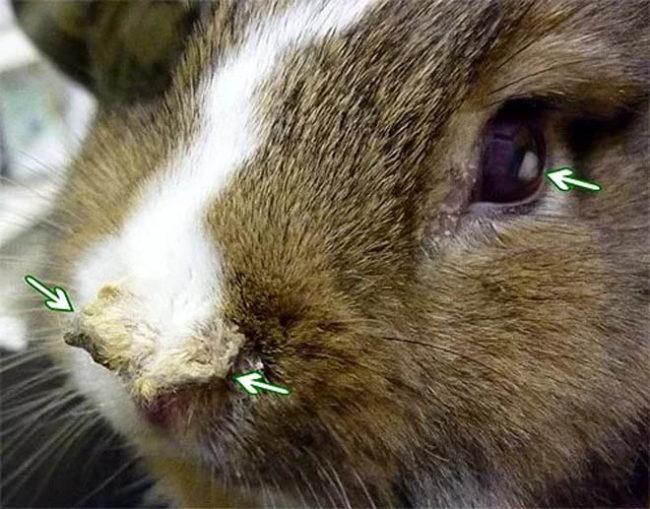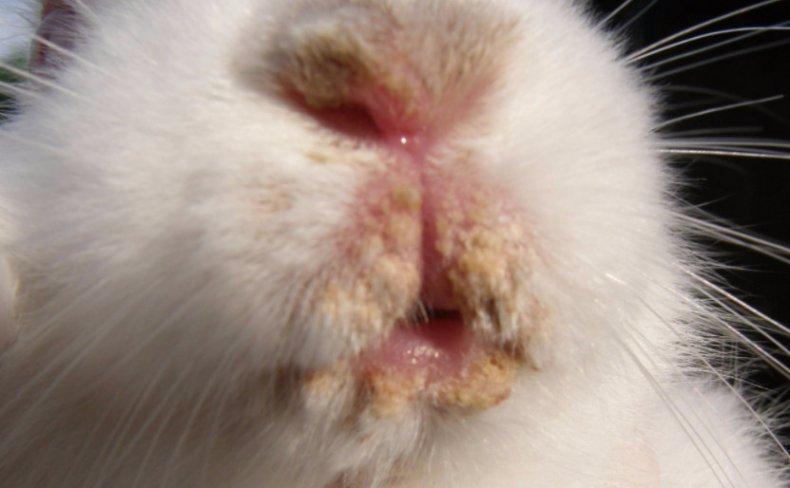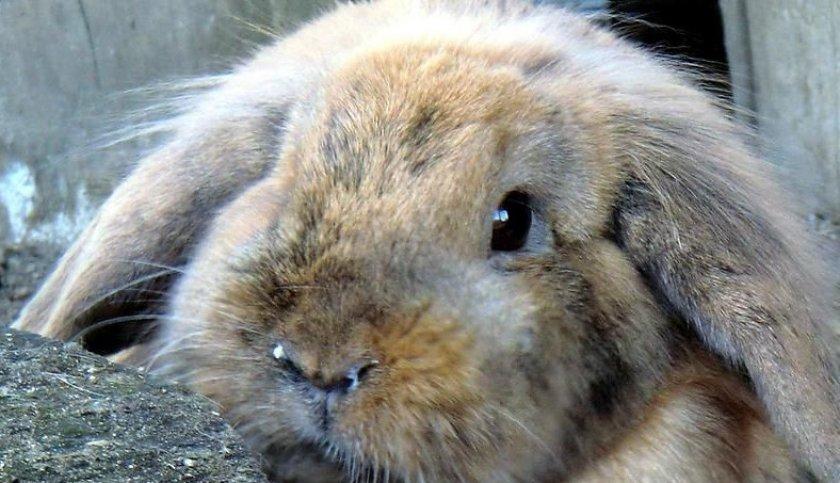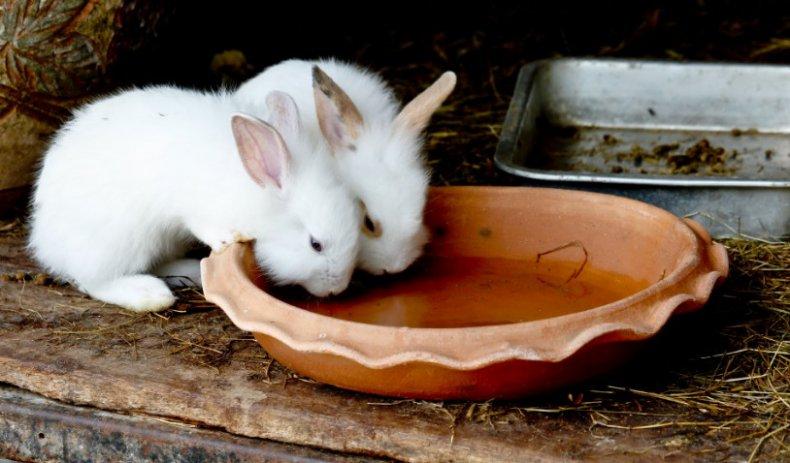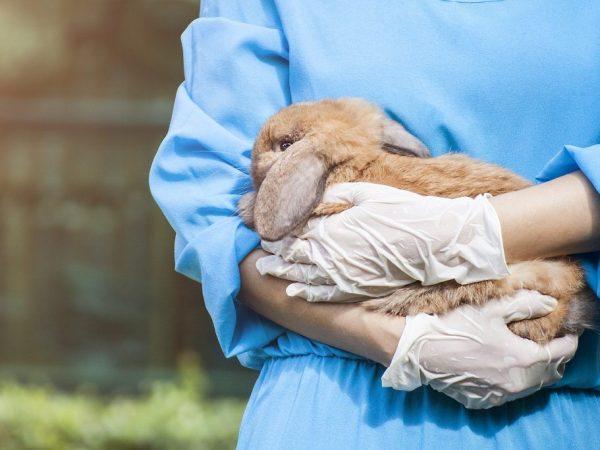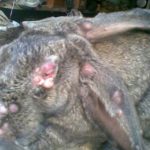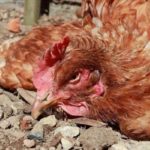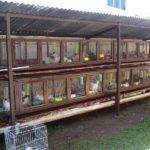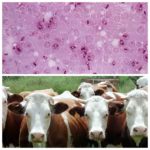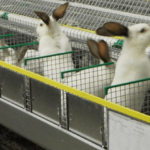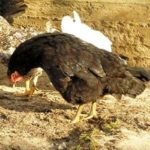The course of pasteurellosis in rabbits is usually acute. If one animal becomes infected, the infection quickly spreads throughout the entire population. Pasteurellosis mainly develops as a result of non-compliance with care rules and is detected in rabbits of any age. The danger of this pathology lies in the fact that, in addition to its rapid development, the disease provokes severe complications, including death.
What kind of disease is this and its causative agent?
Pasteurellosis is an infectious pathology that develops as a result of infection with bacterial microflora. The disease is typical for domestic rabbits and wild hares. The pathology occurs due to infection of animals by the bacterium Pasteurella multocida, which has a complex structure and often mutates. The latter makes the treatment of the disease difficult.
When infected, pets' nasal cavities, throat and trachea are affected. The disease develops against the background of a weakened immune system in rabbits, caused by non-compliance with living conditions (hypothermia, improper feeding, and so on). The pathology is dangerous because it causes death in 75% of cases.
Sources and routes of infection
Infection of the body with these bacteria occurs in the following ways:
- airborne;
- with direct contact;
- through dishes and other objects;
- at the time of birth.
Infection with bacterial microflora does not always lead to the development of pasteurellosis. The infection, penetrating the body, “settles” in the upper respiratory tract. The animal's immunity suppresses the development of a bacterial colony.
The first symptoms of pasteurellosis appear after the body’s defenses are weakened, which occurs for the following reasons:
- the course of pregnancy;
- childbirth;
- lactation period;
- deficiency of microelements in the body;
- excessive weight;
- stress.
The risk group for developing pasteurellosis includes rabbits with a genetic predisposition to this disease.
Symptoms of pasteurellosis in rabbits
After infection, pasteurellosis develops asymptomatically for several days. However, the infected animal remains dangerous to the population. The first symptoms of infection appear after the disease reaches the acute stage.
Acute form
The acute form is characterized by the following symptoms:
- general weakness, lethargy;
- body temperature rises to 39 degrees and above;
- lack of appetite;
- depression.
The acute form is characterized by rapid development. After the temperature rises for several hours, the animal develops shortness of breath, runny nose and diarrhea. During this period, females experience serous, mucous and other abnormal discharge from the genitals. The acute form of pasteurellosis develops within five days, after which the animal usually dies.
Chronic
The chronic form of pasteurellosis develops in animals that have survived the acute period of the disease. In this case, the following symptoms are observed in infected rabbits:
- runny nose;
- dyspnea;
- sudden weight loss;
- suppuration of the eyes;
- dulling of fur;
- lack of activity.
A specialized examination also reveals pericarditis and bronchopneumonia. At the same time, an inflammatory process develops in the middle ear, manifested in the form of serous discharge from the concha. Also, the chronic form is characterized by abscesses that are localized near the larynx and self-opening within a few days. Females with pasteurellosis have reduced fertility.
How is the disease diagnosed?
The primary diagnosis is made based on an assessment of the animal’s condition and the characteristics of its symptoms. To confirm, the veterinarian takes a swab from the mucous membrane or conducts a blood test.
How to treat illness in rabbits
Due to the fact that pasteurellosis is characterized by intensive development and often provokes the death of the animal, it is recommended to treat the pathology with specialized drugs.
Folk remedies
If signs of infection with pasteurellosis are detected, it is necessary to water the rabbits more often. You also need to regularly treat the nasal sinuses using a saline solution to facilitate breathing and the discharge of serous and other secretions. For lung damage, inhalations with essential oils are used.
Medication
Drug therapy for pasteurellosis involves intravenous administration of antibacterial drugs: Biomycin, Tetracycline or Terramycin. At the same time, the animals are given droppers with Hartmann's or Ringer's solutions.
In order to speed up the recovery of infected rabbits, vitamin B12 is administered subcutaneously or intramuscularly. This medicine is mainly recommended for infected young animals. As part of the prescribed therapy, vaccination against hemorrhagic septicemia is carried out.
Preventive treatment of conjunctivitis is also recommended, which is carried out using Tsiprovet or Levomycetin eye drops.
During the course of the disease, regular disinfection of both the farm (the place of residence of infected rabbits) and dishes with items of clothing is necessary. A similar procedure is recommended after the end of the epidemic.
The described treatment regimen is not effective. However, there is no other treatment for pasteurellosis. Broad-spectrum antibiotics suppress the activity of bacterial microflora, but do not destroy all pathogens. These medications prevent the development of complications of pasteurellosis.
Is it possible to eat meat from sick animals?
A person can also become infected with pasteurellosis. Therefore, eating the meat of rabbits that have died from this disease is prohibited.In such cases, it is recommended to burn the insides of the infected animal to prevent the spread of infection. If the rabbit has recovered from pasteurellosis, then the meat must be boiled for 1.5 hours before eating.
Disease prevention
In order to prevent infection with pasteurellosis, vaccination of the rabbit population is recommended. To do this, during the first week after birth, the animal is injected with a specialized drug of 0.5 milliliters on each side of the neck. For rabbits weighing less than a kilogram, the dosage is adjusted according to body weight. If the population is endangered, the vaccine should be re-administered 2-3 weeks after the first.
In addition to this procedure, to prevent infection with pasteurellosis, it is necessary to provide suitable living conditions for rabbits (avoid temperature changes and maintain humidity levels). Regular disinfection of premises and cages in which animals are kept is also recommended.

